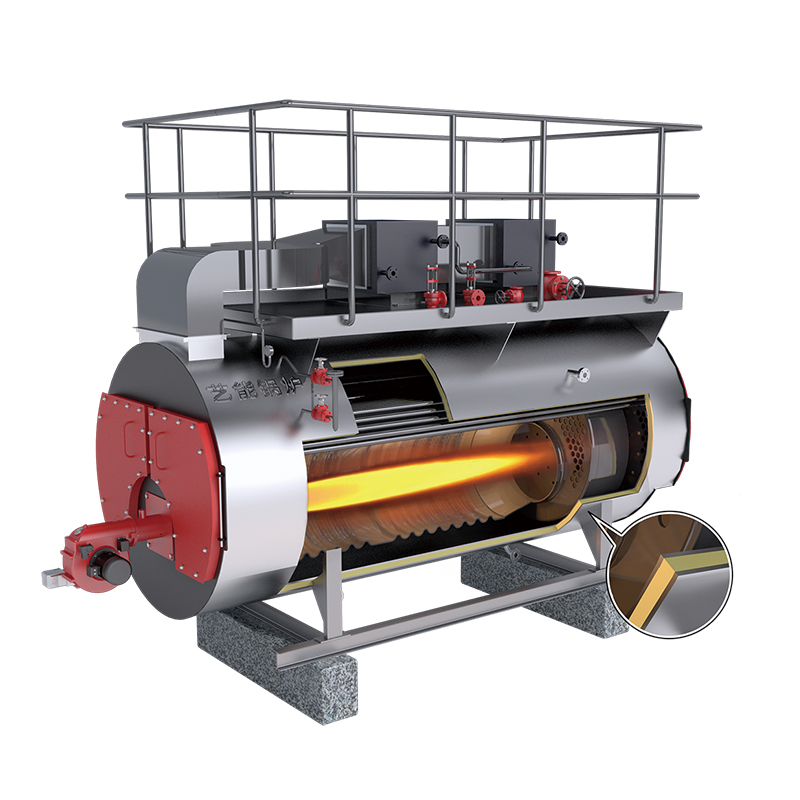Electric Steam Boiler Manufacturers: Fast, Clean, Safe?
Inside the market for electric steam boiler manufacturers
Electrification is quietly reshaping the boiler room. Between decarbonization goals, rising gas volatility, and tighter air permits, buyers keep asking for cleaner, faster-start steam. To be honest, not every plant is ready for a full switch, but the trajectory is clear: higher-efficiency, lower-maintenance systems, smarter controls, and better data. In fact, many procurement teams now shortlist suppliers based on digital diagnostics as much as metallurgy.

What leading electric steam boiler manufacturers are building now
- Materials: pressure vessel steels like SA-516 Gr.70 or EN P265GH; immersion elements in Incoloy 800/840; 316L for clean-steam wetted parts.
- Methods: submerged-arc/shell welding, TIG for nozzles, PWHT where required; NDT by RT/UT and dye penetrant on critical seams.
- Controls: SCR or SSR modulation (0–100%), PLC/HMI, Modbus/Profinet gateways, predictive alarms.
- Testing: hydrostatic at ≈1.5× design pressure; insulation thermal loss tests; panel verification to UL 508A; safety per ASME CSD‑1.
- Service life: around 15–20 years with proper water chemistry and scheduled element rotation; real-world use may vary.
- Industries: food & beverage, pharma/biotech (including clean steam), textiles, labs, HVAC humidification, small district loops.
Typical electric steam boiler specs (illustrative model)
| Parameter | Spec (≈) |
|---|---|
| Rated output | 500 kg/h (≈330 kW) |
| Voltage / phase | 400–480 V, 3‑ph, 50/60 Hz |
| Design pressure | 0.8–1.3 MPa (custom higher on request) |
| Efficiency | 98–99.5% at point of use |
| Steam quality | Dryness fraction ≥0.98 with proper separators |
| Safety | PRV, LWCO, high‑limit, conductivity TDS, dual-channel interlocks |
Vendor landscape at a glance
| Vendor type | Region | Core strength | Certifications | Lead time |
|---|---|---|---|---|
| Global A | EU/US | Clean steam, pharma validation | ASME S, PED, UL 508A | 8–14 weeks |
| European B | EU | High-pressure shell designs | EN 12953, PED | 10–16 weeks |
| Chinese C | APAC | Cost-efficiency, quick customization | ISO 9001, CE (module varies) | 4–10 weeks |
Related product spotlight: WNS hot water boiler
From Wuqiao, Hebei, China, the Gas oil fired WNS series automatic hot water boiler uses a low-level combustion chamber with a large water-level safety space—reducing water-shortage risks. Different tech, sure, but many teams pair electric steam with high-efficiency hot-water units for process + space heat. It seems that hybrid plants get resilience and tariff flexibility.

Use cases, customization, and field notes
- Applications: CIP/SIP, jacketed kettles, autoclaves, humidification, textiles dyeing, and labs needing quiet, on-demand steam.
- Customization: clean-steam packages (316L, sanitary tri-clamps), skid-mounts, blowdown heat recovery, softeners + RO, remote monitoring.
- Case: a mid-size bakery switched to a 300 kW electric unit; start-up to pressure in ≈6 minutes; operators report “noticeably steadier pressure and less noise.” Energy cost broke even vs. gas, but emissions dropped on grid renewables.
- Measured data: 98.5% electrical-to-steam efficiency; hydrotest at 1.5× MAWP; panel conforming to UL 508A; safety per CSD‑1.
When shortlisting electric steam boiler manufacturers, verify the quality record (WPS/PQR), element alloys, control logic (true proportional SCR vs. simple step), and water treatment plan. Also, ask for a witnessed FAT. Surprisingly, that alone weeds out half the quotes.
Standards and references
- ASME Boiler & Pressure Vessel Code, Section I – Power Boilers.
- ASME CSD-1 – Controls and Safety Devices for Automatically Fired Boilers.
- UL 834 – Heating, Water Supply, and Power Boilers; and UL 508A – Industrial Control Panels.
- EN 12953 – Shell Boilers; and EU PED 2014/68/EU for pressure equipment.
-
High-Efficiency Horizontal YQW Gas Oil Fired Thermal Oil Boiler-Hebei Yineng Boiler|Energy Efficiency,Advanced CombustionNewsNov.21,2025
-
High-Efficiency Horizontal YQW Gas Oil Fired Thermal Oil Boiler-Hebei Yineng Boiler|Energy Efficiency,Advanced CombustionNewsNov.21,2025
-
Electric Steam Boiler Manufacturers | High-Output & SafeNewsNov.14,2025
-
OEM Steam Boiler Solutions | High-Efficiency, Custom-BuiltNewsNov.13,2025
-
Thermal Oil Boiler | High Efficiency, Low Pressure, OEMNewsNov.12,2025
-
Hebei Yineng Boiler Co., Ltd. Showcases Cutting-Edge Boiler Solutions at Indonesia International Boiler Exhibition 2025NewsNov.11,2025

